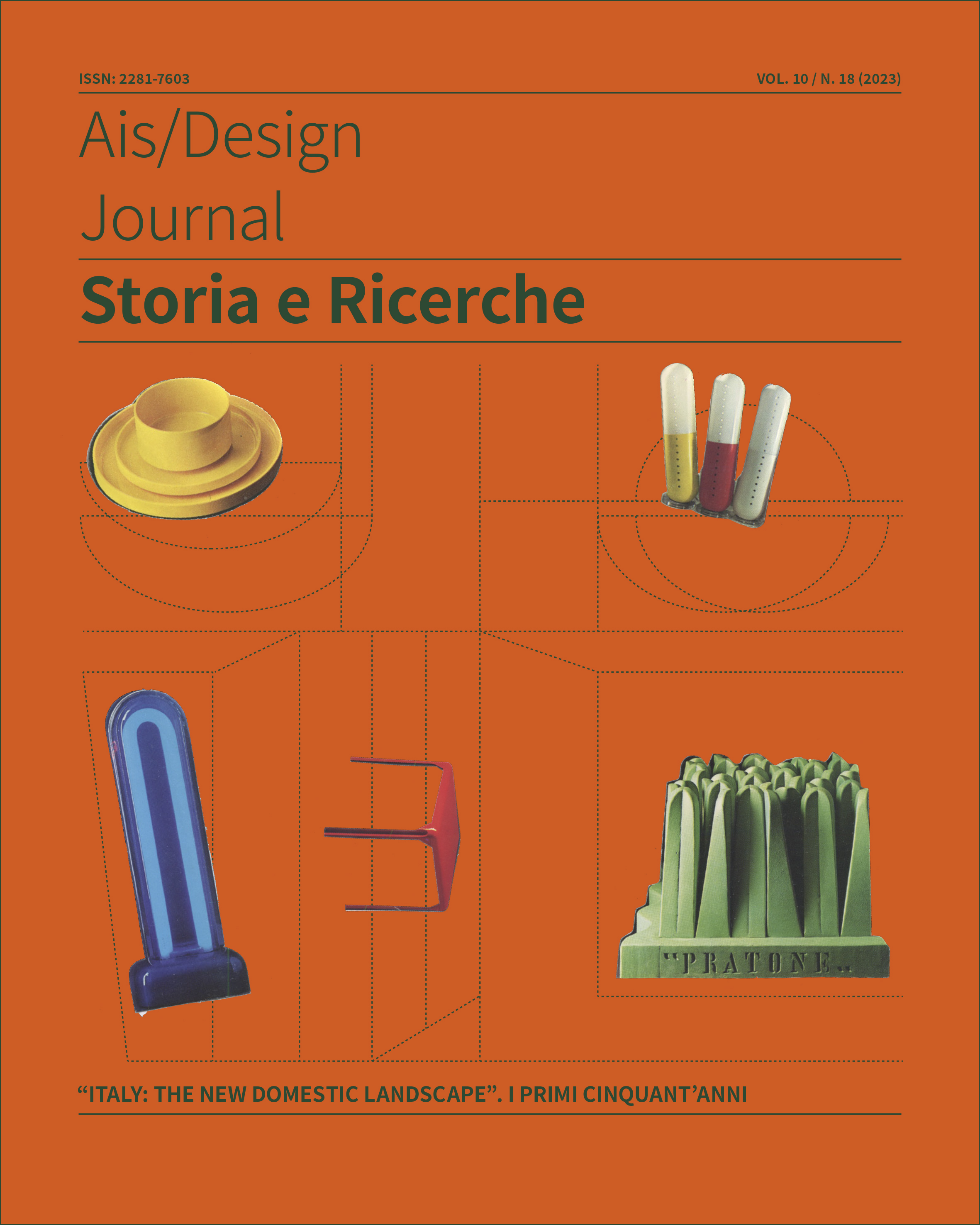Design come nuovi comportamenti: dall’azione estetica di Filiberto Menna al Critical Design
Abstract
The essay investigates the developments of the theme proposed by Filiberto Menna on the role of design as the “glue” of the fracture between the aesthetic-doing and the technical-doing of society at the end of the 1960s. In the essay that he writes for the catalog of the 1972 New York exhibition, Menna, emphasizing the need to make a more voluntary aesthetic action attributable to the project, affirms the extraordinary possibility of objects to intervene in the individual’s formation thanks to a collective aesthetic (psychic and perceptive) experience and he opens the theme of the use of design to educate and liberate the behaviors of individuals and not to “transform man unbeknown to him”.
In the following pages, these Menna’s ideas would be linked to some theoretical objectives of contemporary Critical Design, interpreted as an alternative design in a critical form that “is positioned as a form of social research that integrates aesthetic experience with everyday life through conceptual products”. By comparing Malpass’s recent study, which argues that critical design is today a project that goes beyond product optimization and uses many forms of estrangement and defamiliarization to open up a different space between user and object, the essay investigates the state of direction initiated by Menna’s proposal for a design of new behaviors, centered on a matrix of aesthetic action that “is concentrated and coagulated in denser nuclei, reserved for functions to some extent may be considered privileged, more charged with meaning”.
Copyright (c) 2023 Isabella Patti

This work is licensed under a Creative Commons Attribution-NonCommercial-NoDerivatives 4.0 International License.
Creative Commons NonCommercial-NoDerivates 4.0 international License (CC BY-NC-ND 4.0).


